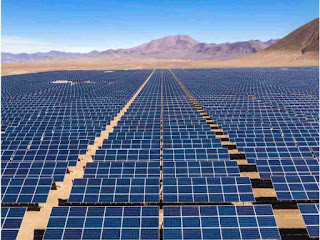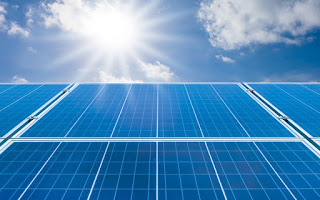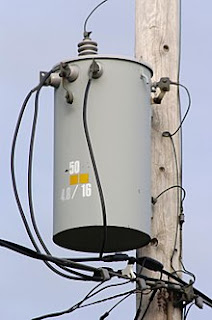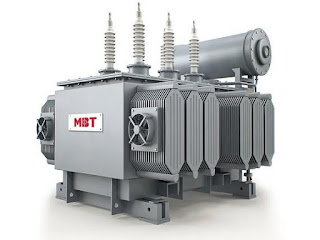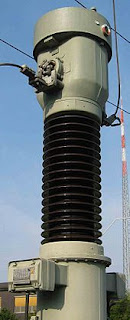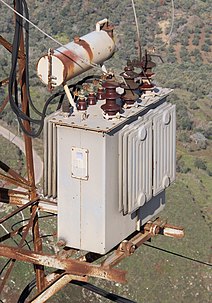In this article, we are going to talk about the gearbox. To begin with, it is better to know what a gearbox is and what it does.
The gearbox includes a power supply and a power transmission system that provide a specific application of power. The Maryam Webster Dictionary defines transmission as a set of components that include gearshift gears and bolts by which power is transmitted from the motor to an axle under load.
In the following, we will introduce and review four types of gearboxes.
A worm gear is a gear including a shaft with a spiral section that engages with and runs a toothed wheel. Worm gears are a traditional form of gear and a sort of one of the six simple machines. Fundamentally, a worm gear is a screw butted up in front of what looks like a normal spur gear with slightly curved and angled teeth.
The most common use is in motor vehicles , where the transmission adapts the output of the internal combustion engine to the drive wheels. Such engines need to operate at a relatively high rotational speed, which is inappropriate for starting, stopping, and slower travel.

What is Planetary Gearbox?
A planetary gearbox is an instrument with the output and input shafts aligned. A planetary gearbox is employed to transmit the greatest torque in the most compact form (introduced as the torque density).
An epicyclic gear train (also known as a planetary gearset) consists of two gears mounted so that the center of one gear revolves around the center of the other. A carrier connects the centers of the two gears and rotates to carry one gear, called the planet gear or planet pinion, around the other, called the sun gear or sun wheel. The planet and sun gears mesh so that their pitch circles roll without slip. A point on the pitch circle of the planet gear traces an epicycloid curve. In this simplified case, the sun gear is fixed and the planetary gear(s) roll around the sun gear.

Everything about Helical Gearbox
Helical gearboxes are one of the most widely employed gearboxes and they are more effective than any other gearbox. Their configuration facilitates many performances.
Two or more meshing gears, working in a sequence, are called a gear train or a transmission. The gears in a transmission are analogous to the wheels in a crossed, belt pulley system. An advantage of gears is that the teeth of a gear prevent slippage.

Bevel Gear
Now you will introduce Bevel Gear and Types of Bevel Gear :
Bevel gears are gears where the axes of the two shafts intersect and the tooth-bearing faces of the gears themselves are conically shaped. Bevel gears are most often mounted on shafts that are 90 degrees apart, but can be designed to work at other angles as well.The pitch surface of bevel gears is a cone.
Bevel gears are categorized in different forms according.

